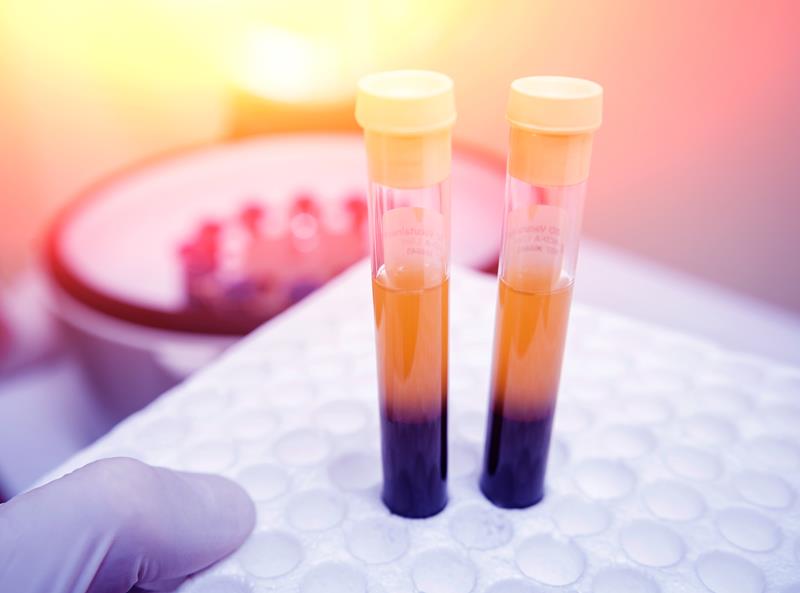
Statistics suggest that hair loss affects millions of men and women in our country. If you are one of them, chances are you are looking for a solution that meets your needs. We are proud to offer an emerging treatment with a proven track record of success: PRP therapy.
Book OnlineWhat is PRP?
PRP, or platelet-rich plasma, is a nutrient-dense fluid present in the blood that stimulates cellular regeneration in microenvironments like hair follicles, joints, and skin. Platelets contain numerous growth factors, each involved in specific cellular processes. PRP has a long history of use in tissue healing and regeneration and has been adapted for hair restoration.
How does PRP work for hair restoration?
The primary goal of PRP treatment for hair loss is to stimulate activity in hair follicles, encouraging growth in inactive follicles and supporting newly implanted follicles through growth factors.
Platelets contain:
- Platelet-Derived Growth Factor (PDGF): involved in fibrin formation, blood vessel growth, and cell regeneration.
- Vascular Endothelial Growth Factor (VEGF): promotes formation of new blood vessels.
- Fibroblast Growth Factor-2 (FGF-2): supports blood vessel formation and generates specialized cells for healing and rejuvenation.
- Transforming Growth Factor-Beta (TGF-b): involved in bone metabolism and matrix formation between cells.
- Epidermal Growth Factor (EGF): stimulates collagen proliferation, cell growth, and blood vessel formation.
- Insulin-Like Growth Factor (IGF): provides essential physiological regulation in nearly every cell.
PRP facilitates complex regenerative responses, helping achieve the results patients seek.
PRP Hair Restoration Treatment
PRP can be introduced into hair follicles using two techniques:
- Microneedling: Micro wounds are created in superficial tissue, and PRP is applied topically to penetrate through the microchannels.
- Injection: After drawing blood and processing it in a centrifuge to separate platelets, PRP is injected into thinning areas of the scalp using a topical anesthetic.
The introduction of PRP into inactive follicles stimulates a regenerative process. Most patients require a series of treatments for optimal results.
How long do PRP injections take?
The process begins with a brief blood draw (less than a minute), followed by centrifugation while a topical anesthetic numbs the scalp. Injections are then carefully administered every half-inch across the thinning area. The entire procedure usually takes less than thirty minutes.
What Happens After the PRP Procedure?
Most patients experience zero downtime after PRP treatment. Because PRP stimulates an inflammatory cascade for tissue repair, anti-inflammatory medications should be avoided. Our staff will provide guidance to manage any mild discomfort after injections.
How long will it take to see results?
Consistency is key. Treatments are typically scheduled monthly for several months. Patients may notice initial improvement, such as reduced hair shedding, within two to three months. Over time, hair thickness and length can increase. After the initial series, follow-up injections are usually repeated every three to six months depending on individual response.
What Are the Advantages of This Procedure?
PRP is a promising hair restoration treatment because it is completely organic, safe, convenient, and effective. It can be used alone or alongside traditional therapies such as Minoxidil or hair restoration surgery. PRP may be appropriate for patients with androgenic alopecia at the crown and hairline, diffuse thinning, or alopecia in women.
What risks are associated with PRP for hair restoration?
PRP carries a very low risk of complications. Common side effects include minor discomfort at injection sites, itching, swelling, and dry scalp.
Conclusion
Hair loss has long been considered a normal part of aging—but it doesn’t have to be. PRP has shown promising results for improving hair volume and density. Contact us to learn more and schedule your consultation for PRP hair restoration treatment.
